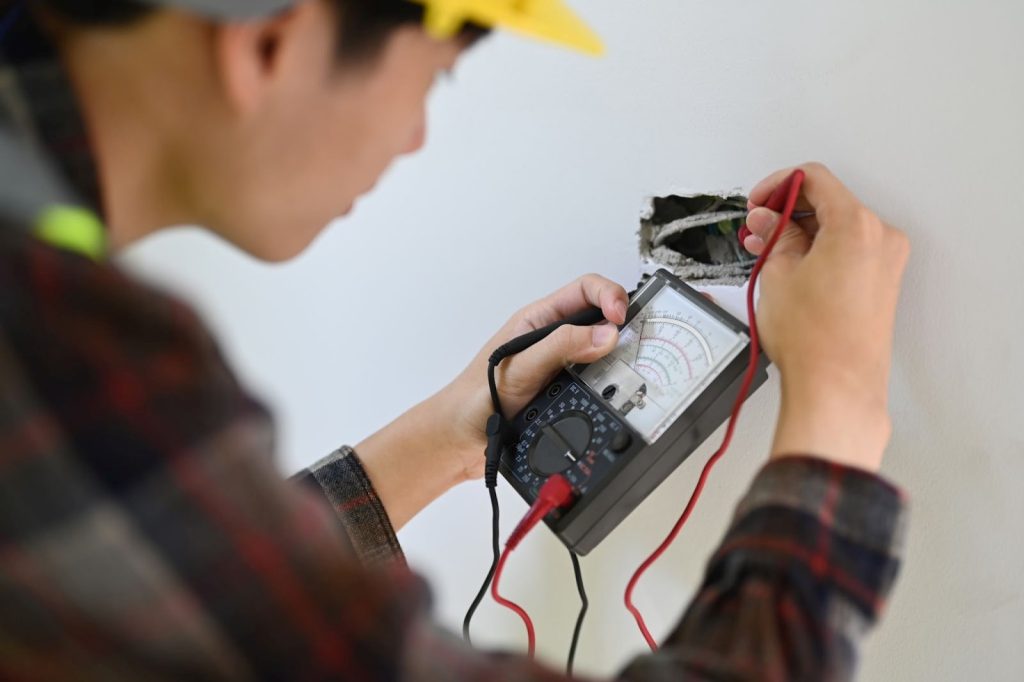Legionnaires’ disease has remained an important public health issue for many years. Even if more people have their water systems tested for disease control and prevention, cases of Legionella are reported and unfortunately, there are numerous deaths per year due to these outbreaks.
Water sources are the most prominent cause of legionnaires’ disease in the UK and Scotland so it is important to be aware of the protocols that are in place to ensure the population is safe from this horrible inflammatory disease. Whilst not everyone is required by law to carry out water test checks, there are many cases in which it is advised and the responsible thing to do.
We created this article to share everything you need to know about Legionella to make sure that you comply with regulations, and that you are keeping yourself, your family, or your employees safe from possibly toxic drinking water systems.
What is legionnaires’ disease?
Legionnaires’ disease is a form of extremely severe pneumonia caused by a bacteria called Legionella. It cannot be passed from human to human, and cannot be passed from animal to human. Rather, this bacteria spreads in our environment and is most commonly found in water supplies and potable water.
Whilst Legionella can cause Pontiac fever, which is a far less severe illness that resembles the flu and usually clears up on its own, it can also develop into Legionnaires’ disease which can be deadly.
The symptoms of legionnaires disease vary, but some of the most common symptoms include:
- Headaches
- Muscle ache
- Fever
- Cough
- Chest pain
- Confused mental state
Whilst these are the most common symptoms, this is not at all an exhaustive list. If you are experiencing any of the above symptoms and are worried about possibly having ingested contaminated water, you should consult a doctor as Legionnaires’ disease voraciously attacks your lungs.
Although Legionella can live in your water system at home, it is most rampant in public water systems. This is likely due to the fact that public water systems are so intricate that it gives the bacteria time to grow and prosper. As it is caught simply by breathing in the bacteria, people have caught it in swimming pools, hot water tanks and through drinking water, so it is important to stay vigilant of this volatile organic compound.
How often should you complete Legionella risk assessment?
How often you should carry out a complete Legionella risk assessment through water systems tests depends on the system that you have. As a general rule of thumb, if you have no reason to suspect or question your drinking water quality, you should be testing your water every two years.
However, there are certain circumstances in which more regular testing should be performed. For instance, if you know that your neighbourhood changed its water utility systems or water suppliers, we suggest you test the water. In addition, we recommend extra testing if you suspect that your water service lines have been damaged. Corroded pipes make the perfect point of entry for Legionella.
A signal that your water system might be damaged is if you notice that your water pressure has decreased when you turn on the water valve. If once your testing results come back, you have a confirmed case of Legionella in your water, make sure to check your water systems more frequently (on a weekly basis) until you know that you have safe drinking water.
Legionella risk assessment cost
What is the purpose of completing a Legionella risk assessment?
The purpose of completing a Legionella risk assessment is to prevent the transmission of this bacteria to a host. Since this disease can be fatal to some, there are ethical and legal reasons why you should perform a Legionella risk assessment. No one should drink contaminated water!
You should take the responsibility of completing a Legionella risk assessment if you are a building manager, a landlord, or the owner of a commercial store, as it is your responsibility to prioritise the welfare of those who rely on you. People trust that the environment they are living or working in is safe, and it is your responsibility to see to that.
If the safety of the people around you is not enough to implore you to complete regular Legionella risk assessments, it is also important to note that in many cases, it is a requirement by the health department, meaning it is legally mandatory and not optional.
Is it necessary to clean and disinfect my water system?
It is advisable to clean and disinfect your water system routinely, as it can prevent contaminated water. If you regularly clean your water system, including things such as your water filter, sump pump, and pressure tanks, the quality of your drinking water will be untarnished by coliform bacteria and other organic compounds.
How often and to what degree you clean and disinfect your water systems depends on various factors. For instance, how many people are using the water, if it is an open or closed system, and whether or not the water coming out of your faucet is hard water. Carrying out a risk assessment will inform you of how urgent or regularly you need to clean your water system.
How to control the risks from Legionella in your water system
Some of the most important things you should consider to control the risks from Legionella in your water system include:
- Avoid water temperature that will allow bacteria to thrive.
- Do not use plumbing materials favourable to bacteria growth.
- Ensure that you are not having stagnant water in your water system.
- Keep the water system clean, using a water treatment, such as chemical reaction treatment.
- Monitor the total dissolved solids levels with a part per million metre which will detect the level of mineral content in your drinking water.
How do you test for Legionella?
There are a few different ways to test for Legionella in water, but most involve having a sample sent to a laboratory. It is highly recommended that you have a professional come in to test for Legionella as a DIY test is not guaranteed to be accurate.
Usually, someone will come to your property to take a sample of your water, which will then be sent off to a lab for testing. If using the traditional lab culture method, you need to wait for a culture to develop in the lab, meaning your results will likely come back in 7 to 10 days.
PCR testing can also be used, just as it can be used to detect Coronavirus. Using the same science as a Coronavirus test, the sample is taken and the DNA is observed to identify if Legionella is present. These tests are usually completed in 24-48 hours, which is ideal if you strongly suspect the presence of Legionella and need to know as soon as possible.
Once these tests come back, you will be able to gauge the level of severity of your Legionella situation. If it returns negative, you have nothing to worry about, and you can celebrate by serving yourself a good glass of water.
How long does Legionella testing take?
How long Legionella testing takes depends on the testing method. Testing for Legionella in water involves taking samples of the water and sending them off to the laboratory. If you are using the traditional molecular culture method of testing, the results take anywhere from 7 to 14 days. On the other hand, if the test taken is a PCR test, you could have your results back in 24 to 48 hours.
Legionella testing services
If you are in charge of a building’s water supply, it is highly advised that you seek out the help of professional risk assessors to look at your water system. Only certified experts can truly assess the likelihood of the presence of Legionella. Our experts will carry out a full and thorough test that will ensure that your water is tested for disease control and prevention measures to make sure that you are keeping in line with applicable rules and regulations.
When we come to carry out our test, we will inspect all your hot and cold water systems, including any water outlets, heaters, or pipes on your property. We will observe the water temperature, and test the water for the presence of Legionella. We take it a step further and work to make sure that your entire system is set up to minimise the chances of Legionella and set up a comprehensive treatment system if needed.
Once our check has been completed, we will provide you with a full documented report, so you have proof that the assessment took place. Depending on your property size, our entire assessment from start to finish will likely take around 30 minutes.


